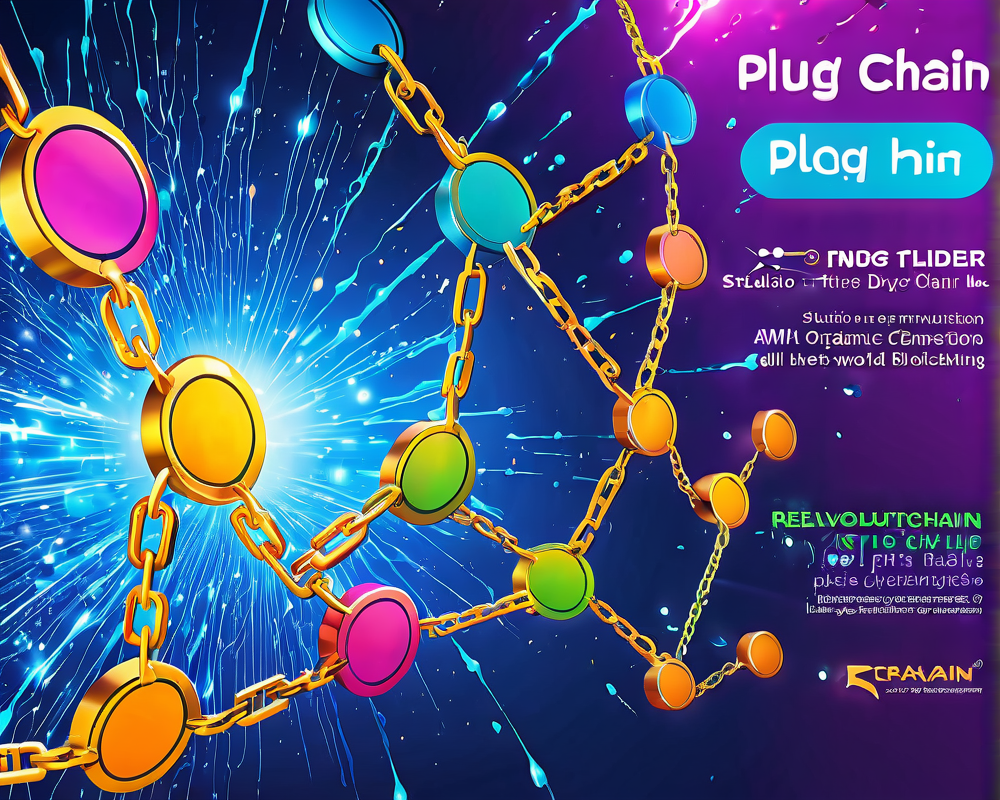The Dawn of Ethereum 2.0
The much-anticipated transition from Ethereum 1.0 to Ethereum 2.0 (or Eth2 as the cool kids call it) isn’t just an upgrade; it’s the blockchain equivalent of switching from dial-up internet to fiber optics. By introducing the Beacon Chain and moving to a proof-of-stake (PoS) model, Ethereum aims to chop down energy consumption and turn this digital beast into a streamlined machine.
What’s Next After the Beacon Chain?
After the Beacon Chain struts its stuff, the next matter of business is the introduction of shard chains. Think of these as the busy little bees that will help increase the network’s capacity. Currently, Ethereum handles transactions like a congested highway during rush hour. But with shard chains buzzing around (64 of them to be precise), we might just see some clear lanes. Just don’t expect them to support smart contracts right out of the gate— that’s a little more complicated.
DeFi’s Love-Hate Relationship with Ethereum 2.0
Ethereum is basically the prom queen of the decentralized finance (DeFi) market, and the Ethereum 2.0 launch is a groundbreaking makeover. Major DeFi players have inflated expectations that Eth2 will not only enhance scalability but also lead to a drop in those wallet-draining gas fees. But hold your horses! Not everyone is optimistic, as some industry leaders, like Sam Bankman-Fried, worry that Eth2 won’t keep pace with DeFi’s explosive growth.
The Uncertain Future: Will DeFi Survive the Phased Launch?
Ethereum 2.0’s rollout is as staggered as a toddler learning to walk. With each phase, there’s a risk that DeFi could experience hiccups along the way. The concern here is that while Ethereum is busy making these upgrades, rival blockchains aren’t sitting on their hands. Competitors are ready to pounce, vying for the moodiest section of the DeFi market.
The Road Ahead: Upgrades and Innovations
The final stage, Phase 2, is still far from the finish line, and it’s unclear whether we’ll see the full benefits of Eth2 within the year. In the meantime, new layer-two solutions may swoop in like superhero sidekicks to handle scalability issues. Patrick Collins from Chainlink Labs points out that incorporating native ETH staking could blur the lines of decentralization, adding a quirky twist to the Ethereum ethos.



